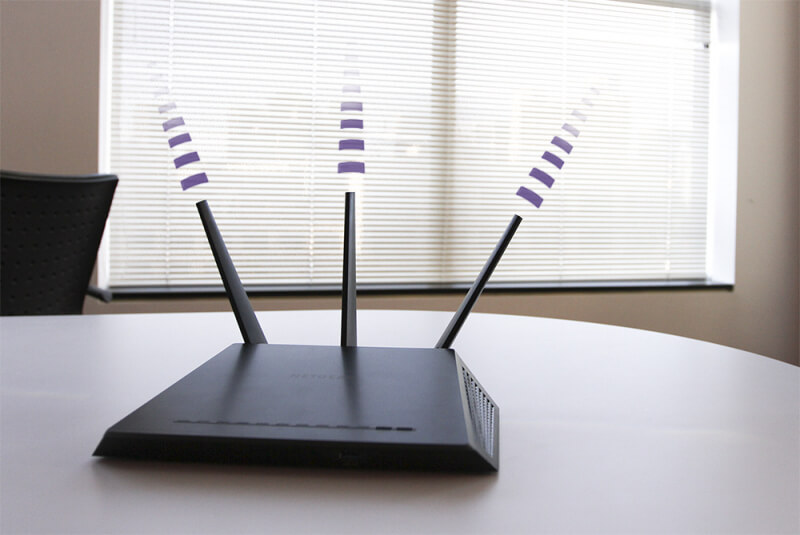Learn why this is the correct answer

Finalized in 2013, 802.11ac increased 802.11n's theoretical maximum throughput from 600Mbps to 1.33Gbps and support for 8 antennas versus 4, but still offers around the same range as its preceding specification and arguably even less on paper.
802.11n defaults to a frequency of 2.4GHz, whereas 802.11ac exclusively uses the 5GHz spectrum and the higher band doesn't travel as far. The range offered by both specifications balances out to be about equal because there are less consumer electronics congesting the 5GHz spectrum and 802.11ac's beamforming technology can boost the signal strength where it detects a device instead of omni-directionally. Although you'll experience about the same maximum range from both specs, 802.11ac will deliver higher speeds in those distance spots.
As of 2021, the 802.11ac standard is the most widely used and was retroactively labelled Wi-Fi 5 by the Wi-Fi Alliance. Wi-Fi 6 is now the nascent standard as more devices and routers support it more widely. If you're considering an upgrade to your wireless networking, check out TechSpot's list of the best routers you can buy right now.